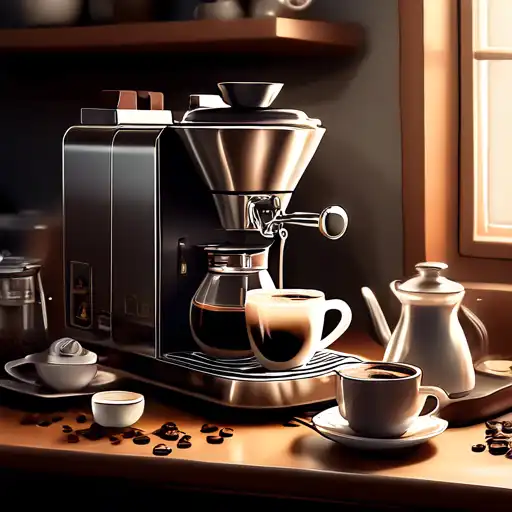Introduction to Homemade Coffee Mastery
There's nothing quite like the aroma of freshly brewed coffee filling your home. Mastering the art of making perfect coffee at home is not just about following steps; it's about understanding the craft and passion behind every cup. Whether you're a beginner or looking to refine your skills, this guide will walk you through the essentials of homebrewing that rivals your favorite café.
Choosing the Right Coffee Beans
The foundation of any great coffee is the beans. Opt for high-quality, freshly roasted beans from reputable sources. Consider the roast level that suits your taste—light for a more acidic, floral taste, medium for a balanced flavor, or dark for a bold, robust cup. Remember, the fresher the beans, the better the flavor.
Grinding Your Beans to Perfection
Investing in a good grinder is crucial for achieving the perfect grind size. The grind size should match your brewing method—fine for espresso, medium for drip coffee, and coarse for French press. Grinding your beans just before brewing preserves the oils and aromas, ensuring a fresher taste.
Water Quality and Temperature
Water makes up about 98% of your coffee, so its quality can't be overlooked. Use filtered water to avoid any off-flavors. The ideal brewing temperature is between 195°F to 205°F. Too hot, and you'll extract bitter compounds; too cool, and you'll under-extract, resulting in a weak cup.
Brewing Methods Explored
There are several methods to brew coffee at home, each offering a unique flavor profile. The French press is great for full-bodied coffee, while the AeroPress offers a cleaner, more concentrated cup. Drip coffee makers are convenient for everyday use, and espresso machines are perfect for those who love a strong, rich shot.
Perfecting Your Coffee Ratio
The golden ratio for brewing coffee is 1:15 to 1:18 (coffee to water). Start with 1 gram of coffee for every 15 grams of water and adjust according to your taste preferences. Consistency is key, so consider using a scale for precise measurements.
Experimenting with Flavors
Once you've mastered the basics, don't be afraid to experiment. Adding spices like cinnamon or cardamom during brewing can introduce new flavors. Similarly, trying different milk alternatives can change the texture and taste of your coffee. The possibilities are endless.
Conclusion: The Joy of Homebrewing
Making perfect coffee at home is an art that requires patience, practice, and a bit of experimentation. By focusing on quality ingredients, proper techniques, and your personal taste preferences, you can elevate your home coffee experience. Remember, the best coffee is the one that you enjoy the most. Happy brewing!
